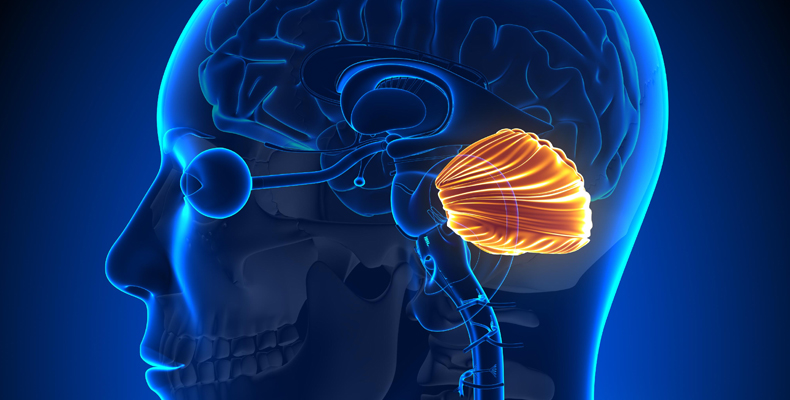
Chiari Malformation
Chiari malformation is a structural defect in the base of the skull and the cerebellum, the part of the brain that controls balance. It occurs when the cerebellum extends into the foramen magnum, which is the opening at the base of the skull through which the spinal cord passes. This can lead to compression and disruption of normal cerebrospinal fluid (CSF) flow. Chiari malformation is classified into several types (Type I, Type II, Type III, and Type IV), with Type I being the most common.
Here are key points about Chiari malformation:
Types of Chiari Malformation:
-
Type I:
- The cerebellar tonsils extend into the foramen magnum, but the brainstem structures are usually normal.
-
Type II:
- Also known as Arnold-Chiari malformation, it is often associated with myelomeningocele, a form of spina bifida. Both the cerebellum and the brainstem are displaced into the upper spinal canal.
-
Type III:
- A more severe form where parts of the cerebellum and brainstem protrude through an opening in the back of the skull.
-
Type IV:
- Characterized by an incomplete or underdeveloped cerebellum.
Symptoms:
-
Headaches:
- Especially at the back of the head, often brought on by straining, coughing, or sneezing.
-
Neck Pain:
- Pain or discomfort in the neck.
-
Balance and Coordination Issues:
- Problems with balance, coordination, and fine motor skills.
-
Dizziness:
- Sensations of dizziness or vertigo.
-
Swallowing Difficulties:
- Difficulty swallowing (dysphagia).
-
Vision Problems:
- Issues with vision, such as double vision (diplopia).
-
Weakness and Numbness:
- Weakness or numbness, particularly in the hands and arms.
-
Tinnitus:
- Ringing in the ears (tinnitus).
Diagnosis:
-
Imaging Studies:
- MRI (Magnetic Resonance Imaging) is the primary imaging tool used to diagnose Chiari malformation and assess the severity.
-
Clinical Evaluation:
- A thorough examination of symptoms and neurological function.
Treatment:
-
Observation:
- In some cases, especially if the malformation is mild and not causing significant symptoms, close observation may be recommended.
-
Medication:
- Pain management and medications to relieve symptoms, such as headaches.
-
Surgery:
- Decompression surgery may be considered to create more space for the cerebellum and relieve pressure on the spinal cord.
Prognosis:
- Prognosis varies depending on the severity of the malformation and the presence of associated symptoms.
- Surgery can be effective in relieving symptoms and preventing further progression.
It's important for individuals experiencing symptoms suggestive of Chiari malformation to seek medical evaluation. Treatment decisions are typically made based on the severity of symptoms, the progression of the condition, and the individual's overall health. A neurologist or neurosurgeon is typically involved in the diagnosis and management of Chiari malformation.